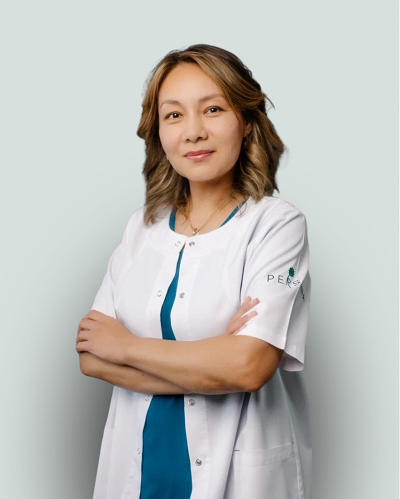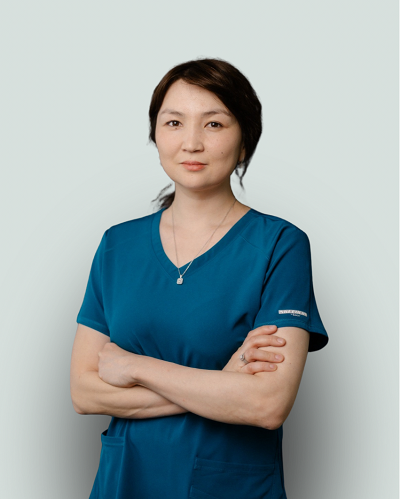Intrauterine insemination (IUI)
Intrauterine insemination is a method of assisted reproductive technology in which prepared sperm is introduced into the uterine cavity through the cervical canal. In this case, sexual contact is excluded. Fertilization is possible with the sperm of the patient’s sexual partner or donor. Unlike IVF with insemination, fertilization occurs naturally.
In this method, only the sperm into the uterus is artificial, and fertilization occurs inside the female body. In this case, pre-semen is treated to a state similar to the natural after intercourse.
Indications for intrauterine insemination
Indications for intrauterine insemination to be both female and male factors.
Female factor
- infertility associated with the condition of cervical mucus, which does not allow semen to enter the uterine cavity;
- Vaginismus, when intercourse is painful or impossible.
Male factor:
- violation of the properties of sperm - motility, reduction in the number, provided that healthy mobile forms do exist;
- ejaculatory disorders of a sexual nature.
Insemination of donor sperm is carried out according to indications from the partner in cases where:
- The factor of infertility is the male factor: sperm are dead or immobile;
- there are medical and genetic contraindications;
- ejaculatory disorders of a sexual nature.
From the woman’s side there is one indication for insemination by donor sperm: absense of a partner.
Preparation
Before the procedure, general and special blood tests for hepatitis B and C, HIV and syphilis are performed. In order to eliminate serious diseases that impede the normal development of pregnancy, it is recommended that both partners pass the tests.
Intrauterine Insemination Procedure
The insemination procedure is carried out in 3 stages.
Stage 1 - stimulation of ovulation. It consists in synchronizing egg maturation, ovulation and insemination.
Many eggs mature every month, of which only one or two dominate, mature and ovulate. If at this moment sperm cells get into the fallopian tubes, then pregnancy may occur.
If a woman does not ovulate independently, drugs for stimulation of the maturation of the eggs are used. The selection of the drug is carried out individually, taking into account the physiological characteristics of each woman. The fertility specialist selects the required minimum dosage, which can lead to ovulation.
After the use of the drug, an ultrasound examination is carried out, which will establish the moment of ovulation. In addition, blood tests are monitored to adjust the dosage of the stimulant.
Stage 2 - semen collection. Sperm is taken on the day of the proposed procedure. After that, experts conduct a selection of sperm. The best of them are placed in the incubation medium for 2–4 hours, after which the direct insemination procedure is performed.
Stage 3 - insemination. The procedure is performed on the selected day once.
A thin plastic catheter is inserted into the uterine cavity. When this sperm have near the mouth of the fallopian tubes. Given the stimulation of ovulation, improving the quality of sperm, their location near the fallopian tubes, the likelihood of pregnancy increases.
What happens after the procedure
After the procedure, the woman returns to normal life. Insemination efficiency is up to 20% after a single procedure. As a rule, it is not recommended to carry out insemination more than three times, as the cause of infertility may be another unidentified factor that requires further examination and treatment.
If a couple has a choice, to perform IVF or insemination, in the absence of contraindications, artificial insemination can be postponed, and the body can be given physiological fertilization.
Contraindications to insemination
Can be absolute and relative on the part of women.
Absolut contraindications:
- extragenital diseases in the stage of decompensation;
- psychosomatic diseases;
- pathologies of the reproductive organs that impede the onset, preservation and bearing of pregnancy;
- benign or malignant ovarian tumor formation;
- cancer of any organs and systems.
From relative contraindications distinguish those that disappear after appropriate treatment, as well as inflammation of any organs.






